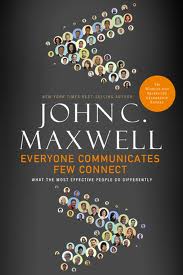Here is the question that was posed during the 2011 Leadership Summit last week at Clemson At The Falls.
What are the biggest myths and/or mistakes leaders make in how they interpret and integrate creativity/passion into their leadership styles? What do most leaders often get right? Wrong?
A good leader knows how to find the creativity and passion in his/her group(s) of people, and help them unlock their god given natural talents to lead. My mentor Leighton Cubbage talks about this concept of providing a team to tap into their greatest potential. I also think about the idea surrounding how the Dalai Lama embraces this mentality, stating “there goes my people, I am following.”
I have worked for a few large organizations across the country, and leadership has mistaken passion/creativity as a threatening attribute. Whether it is insecurity or maybe they considered a person’s passion a liability. But, what if leadership spent time trying to fully understand where this passion originated inside a person. What if an organization’s leader learned to channel that passion/creativity, capitalizing that energy to benefit not only the organization…but the person who is craving to be a part of the team.

I was also fortunate enough to work with a very smart leader, Mike Riordan. He wanted to start a blog to share his thoughts as a leader in health care and as the CEO of one of the largest health systems in the Southeast. His blog allowed him to connect not only with the outside world, but the employees of Greenville Hospital System. From topics of heath care reform, big budget decisions, to the new academic center in the Greenville, the employees of Greenville Hospital System began reading and connecting. Yes, he may have a corner office, but this tool allowed him to open his doors and engage in conversation with all walks of people right inside the walls of Greenville Hospital System.
It is more than communication…it is connecting. But…communication tools can provide the opportunity for leadership to share their passions and creatively connect with like minded individuals.
